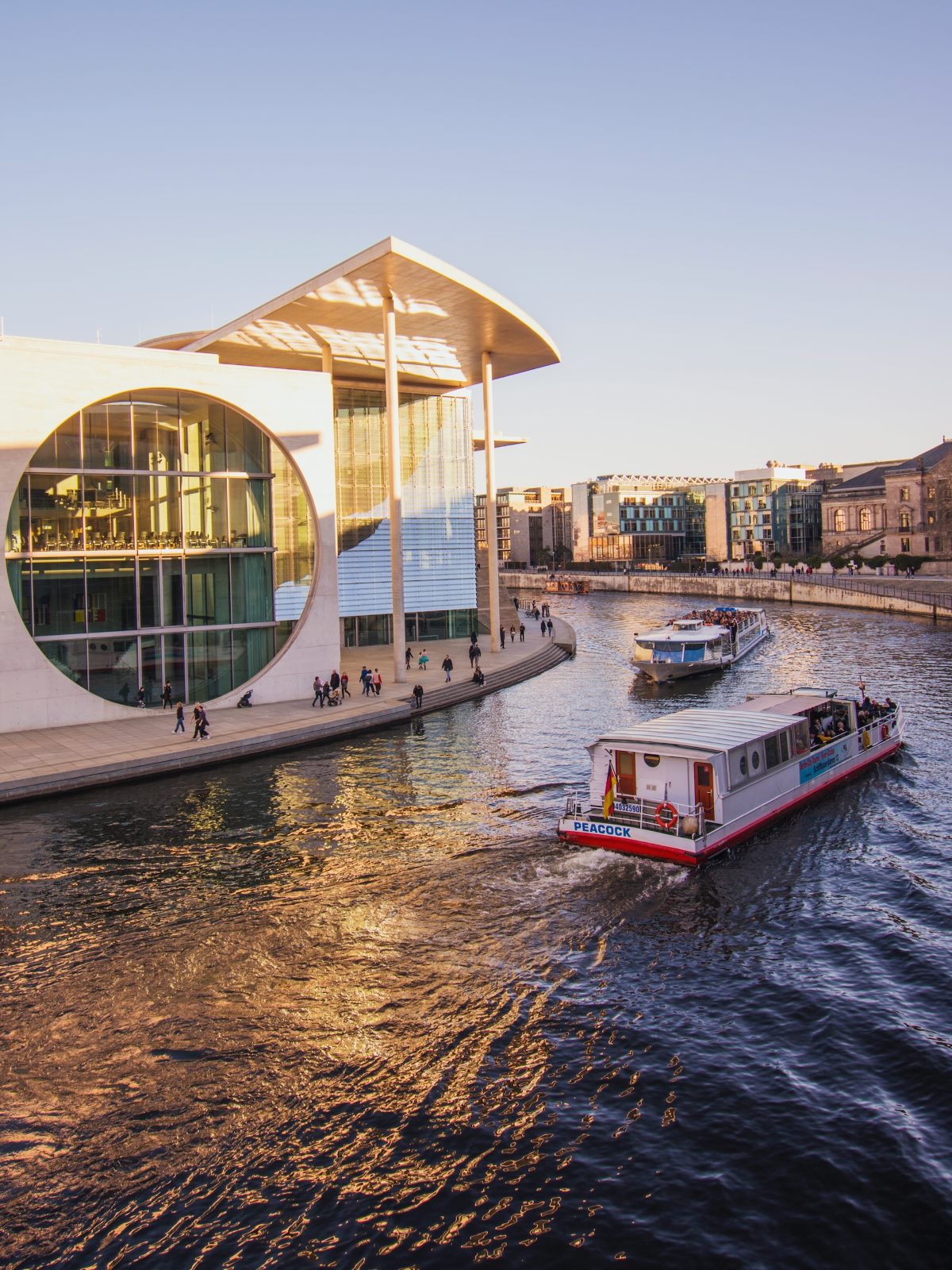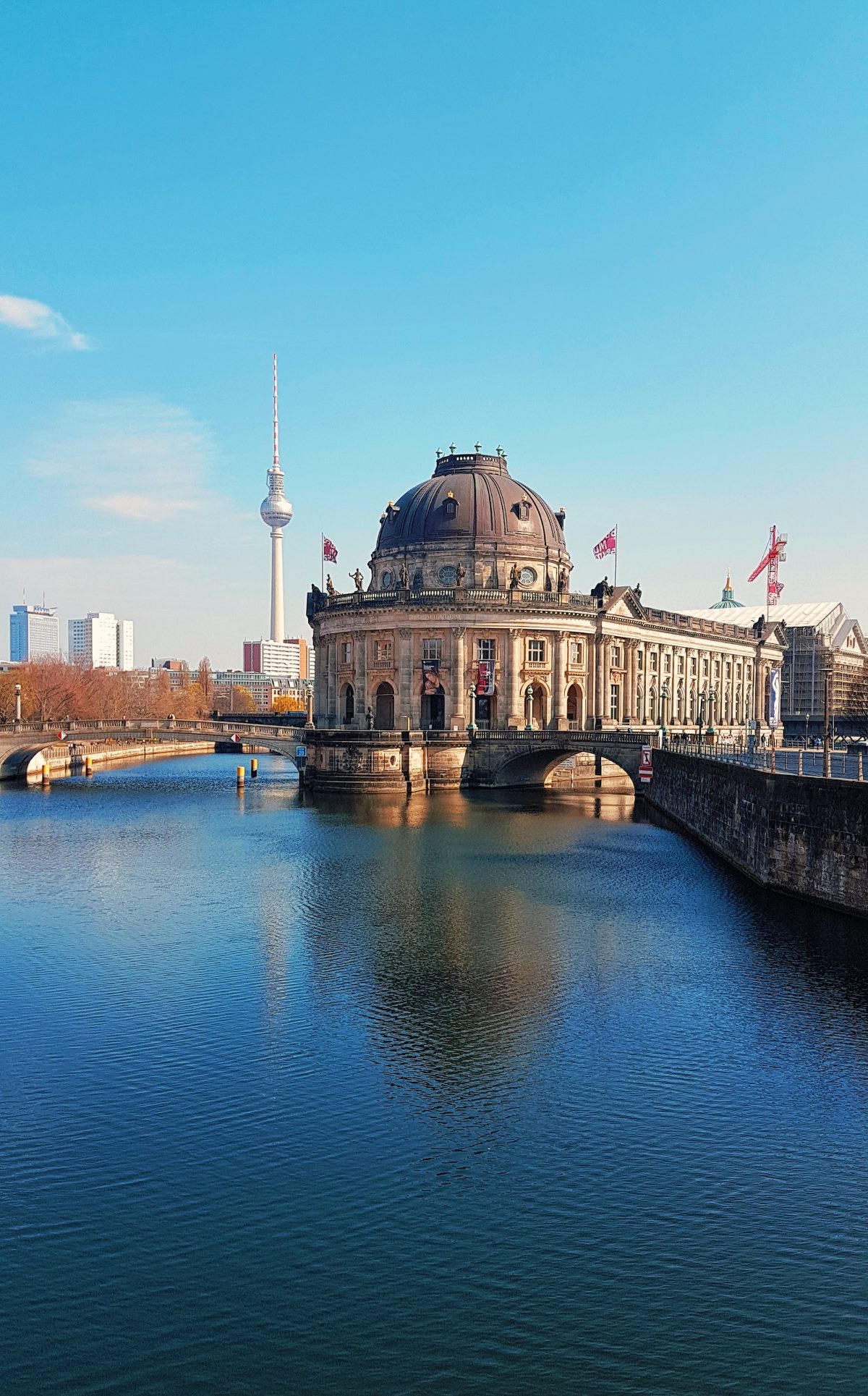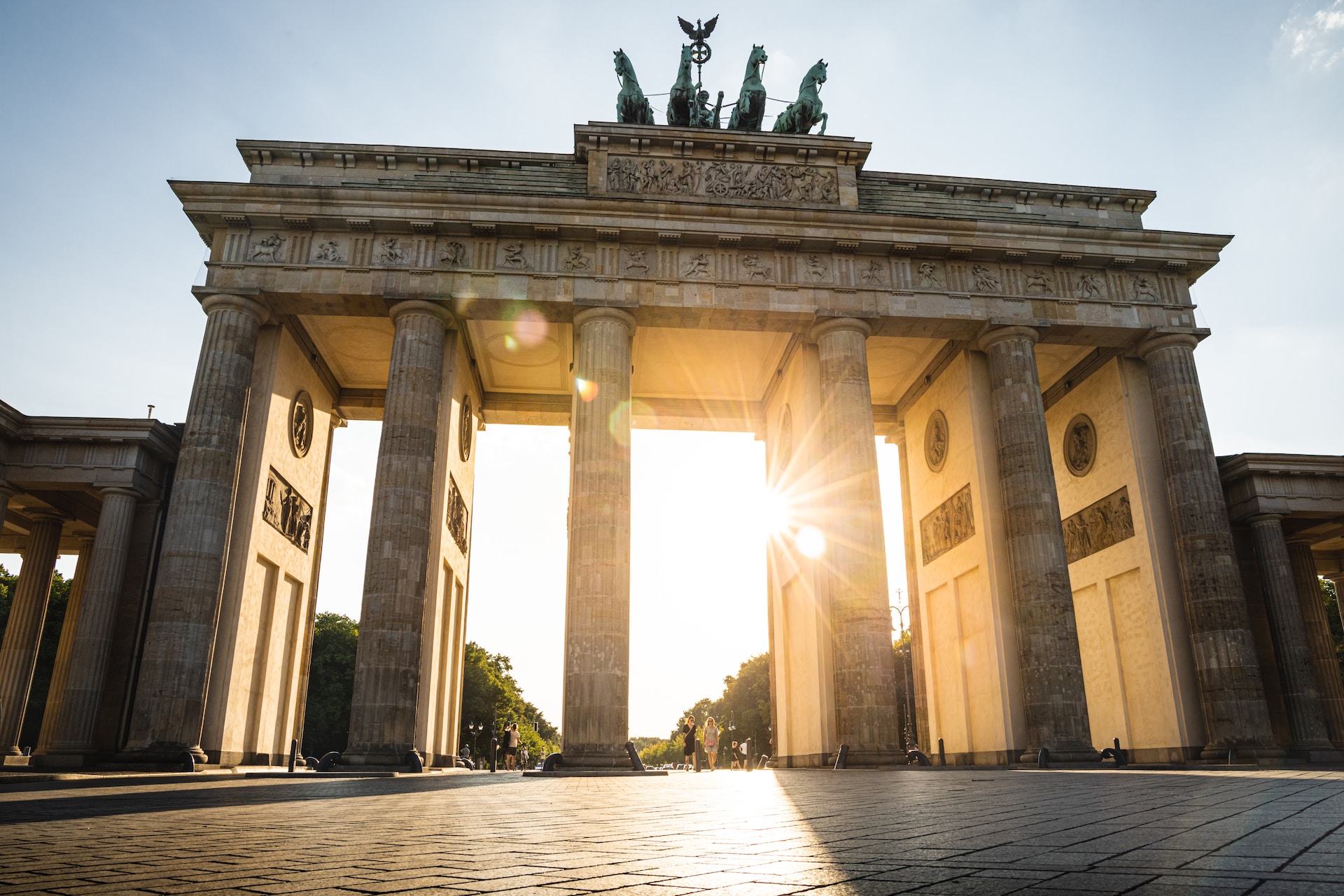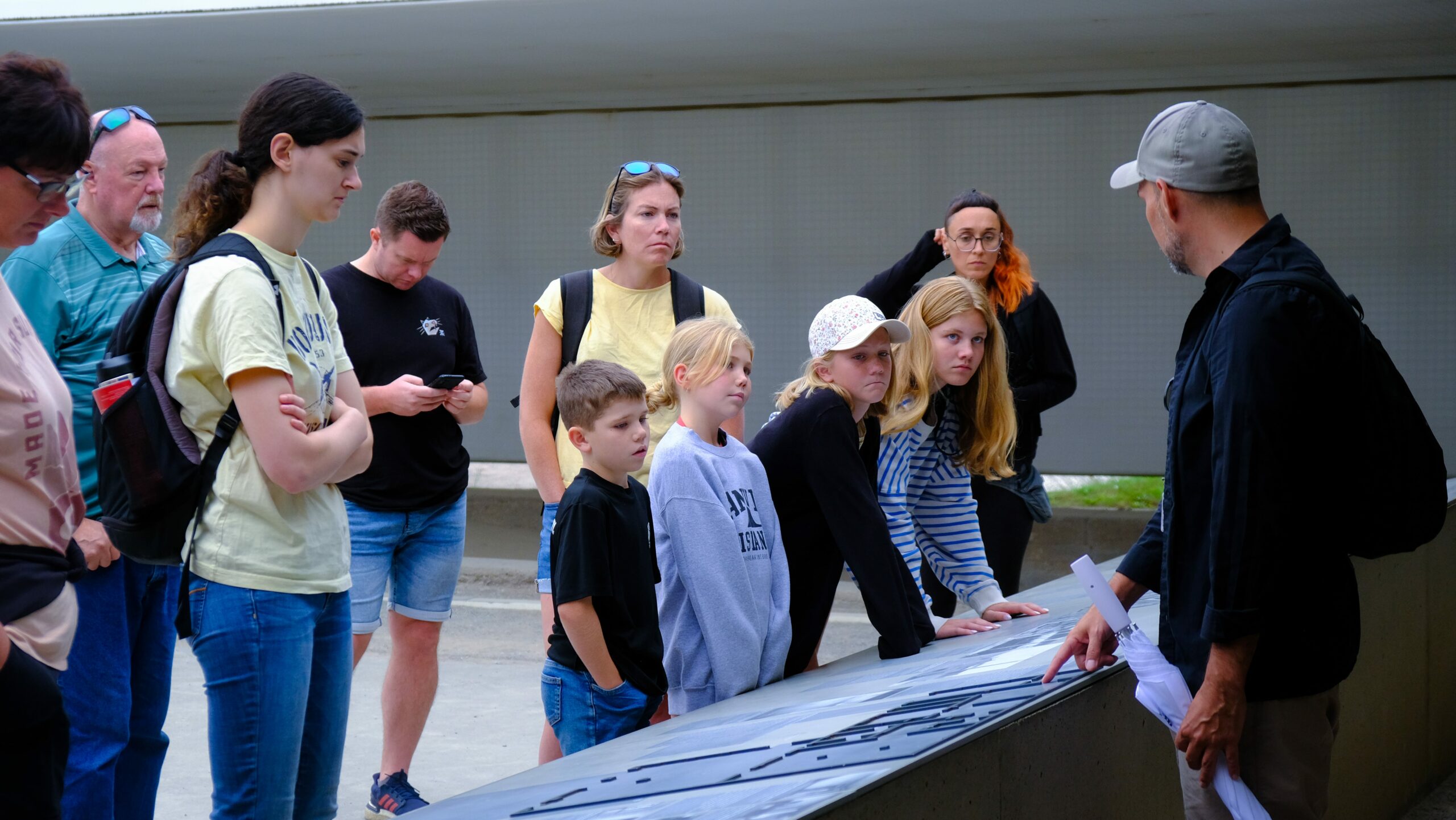The Berlin Wall functioned as a notable Cold War symbol to sever Berlin into two separate halves during its existence from 1961 until the collapse in 1989. During that time East and West Germany remained physically separated by this wall which broke apart close relationships between friends and families and generations. The reunification period has left people wondering whether remnants of the famous Berlin Wall remain visible to date. Let’s explore the answer together.
The Berlin Wall: A Brief History
To evaluate the present situation we need historical background knowledge about the Berlin Wall. The German Democratic Republic constructed the Berlin Wall as a control measure to stop its citizens from escaping to West Germany during the period of 1961 through 1989. The construction elements included a concrete barrier with barbed wire fences and watchtowers in addition to the space between barriers called a death strip. The event that dismantled East German communism and started German reunification took place when the Berlin Wall fell on November 9, 1989.
Remaining Sections of the Berlin Wall
The reunification between Germany did not result in destruction of all Berlin Wall sections since some segments remain intact and visitors can inspect them.
East Side Gallery
The most lengthy surviving segment of the Berlin Wall exists at the East Side Gallery site. This section of Mühlenstraße in Friedrichshain-Kreuzberg occupies a space of 1.3 kilometers. The section of the wall received an extensive transformation when artists worldwide turned it into an outside art exhibition. Various political and social messages are conveyed through murals together with paintings and graffiti exhibited throughout this space.
Mauerpark
Today Mauerpark serves as an important location to view sections of the Berlin Wall. This public park lies within Prenzlauer Berg district where it integrates a part of the former wall system into its grounds. The leisurely Berlin Wall Memorial welcomes visitors to see it despite the lively flea market and historical sites which make up this area.
Checkpoint Charlie
Checkpoint Charlie functioned as a prominent border checkpoint which endured significant Cold War hostility during that time. A replica of the vanished original guardhouse attracts numerous tourists who visit this popular destination. The Mauermuseum (Wall Museum) combines with Checkpoint Charlie to reveal deeper historical value about this border crossing point.
Other Berlin Wall Memorials
Different Berlin sites and memorials throughout the city honor the Berlin Wall together with its impact along with the remaining sections.
- The Berlin Wall Memorial on Bernauer Straße includes an outdoor exhibition that provides a comprehensive historical overview.
- Visitors can experience the educational side of the Berlin Wall Memorial and Documentation Center through its display of exhibits combined with its documentation center and observation platform.
Virtual Experiences
- Do not feel disappointed if a physical visit to Berlin remains impossible. Many virtual platforms enable users to experience the Berlin Wall through their digital platforms.
- The website Google Arts & Culture features virtual tours which grant users an immersive way to explore the remaining parts along with historical sites.
- Online visitors can experience both historical multimedia files and documentaries combined with personal narratives regarding the Berlin Wall.
In Conclusion
Berlin’s cultural heritage underwent enduring modifications because of the Berlin Wall despite intensive destruction efforts which eliminated most wall structures. Visitors can now view limited sections of the Wall but two prominent remains enable seeing this historic structure in real life – specifically East Side Gallery and Mauerpark. Multiple memorial sites and virtual resources enable visitors to access more information about the historical significance of the Berlin Wall. You can discover the Berlin Wall’s historical value by visiting physically or virtually to grasp how it formed the city along with global history.
Table of Contents




